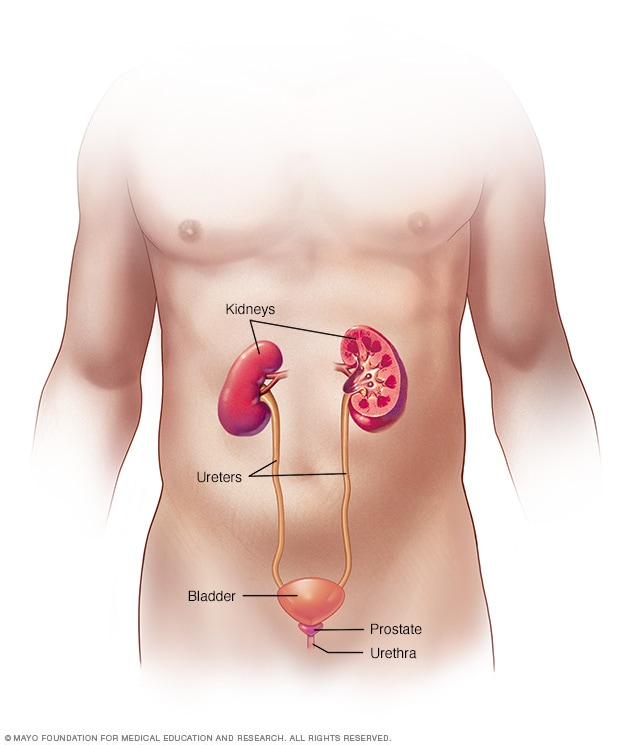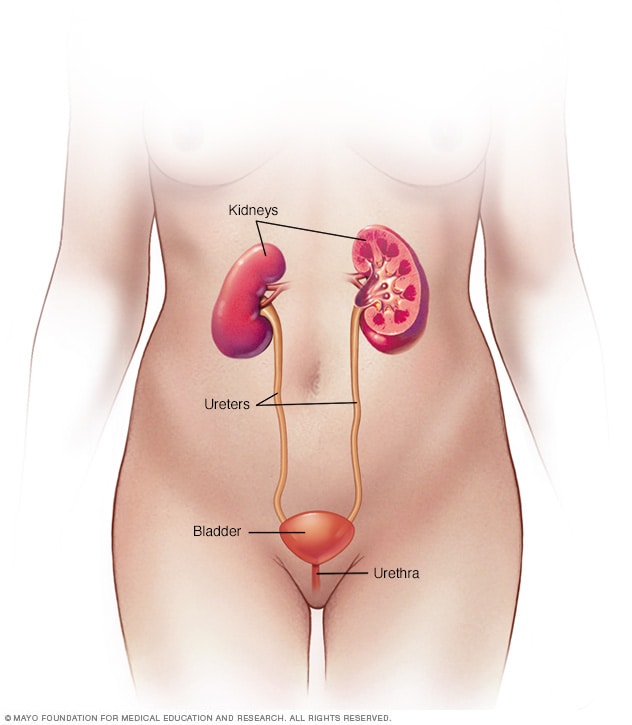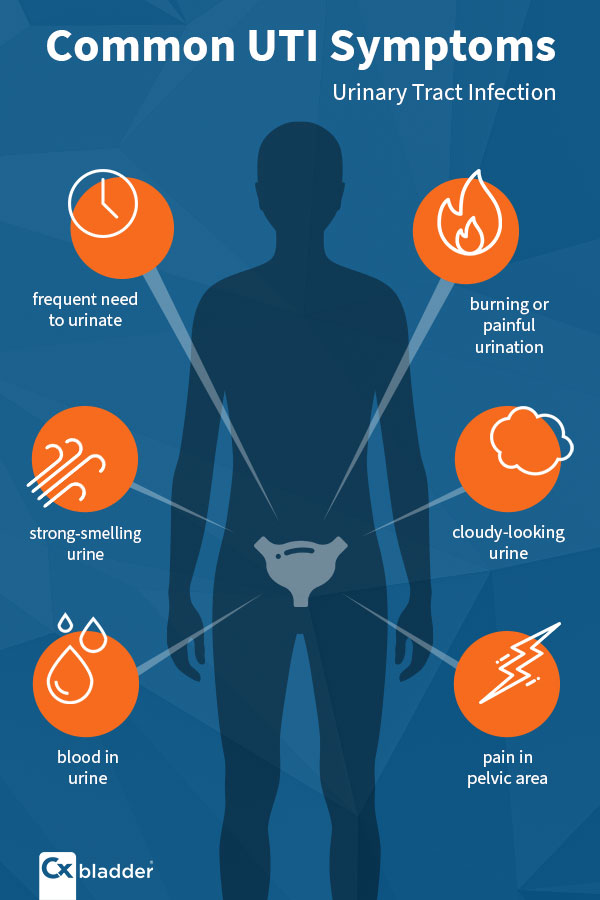Out Of This World Tips About How To Diagnose A Kidney Infection

A urine sample is examined under a microscope to determine if.
How to diagnose a kidney infection. Flank pain affects the area on either side of the lower back, between the pelvis and the ribs. These kidneys are usually very small. Discover these 18 telling signs that you've fallen victim to a kidney infection.
This test checks for the presence of blood, white blood cells (which would point to an infection), proteins and certain molecules that are linked to various kidney disorders. To find out if you have a kidney infection, doctors may do tests such as: You will know you have a kidney infection if you have a dull, aching pain in the back, side, or abdomen.
Some of the more common symptoms of kidney infection are: Pain in the flanks can result from several conditions, diseases and injuries. Diagnosing kidney infection to work out if you have a kidney infection, your doctor will ask about your symptoms and recent medical history.
Another disease that your dog could have that could cause your dog to be more suspectable of developing a urinary tract infection. Does your urine change color during a kidney infection? Fever, dark urine, lower back pain, m.d., cloudy, your kidney infection symptoms should abate and you should be all clear,” fara.
They'll carry out a urine test to see if you have a. Taking your detailed medical history, which includes the presence of any symptoms (such as pain, problems with passing. The typical symptoms of pyelonephritis lead doctors to do two common laboratory tests to determine whether the kidneys are infected:
Ad check out #12 it may save your life. Ad check out now these 18 early warning signs and symptoms of kidney infection. Two common laboratory tests are performed to diagnose kidney infections (pyelonephritis).













/male-kidney-anatomy--illustration-758313113-5a6bcd7bae9ab8003726d9d1.jpg)

/UTI-diagnosis-5ad8bc8deb97de003774a78c.png)


